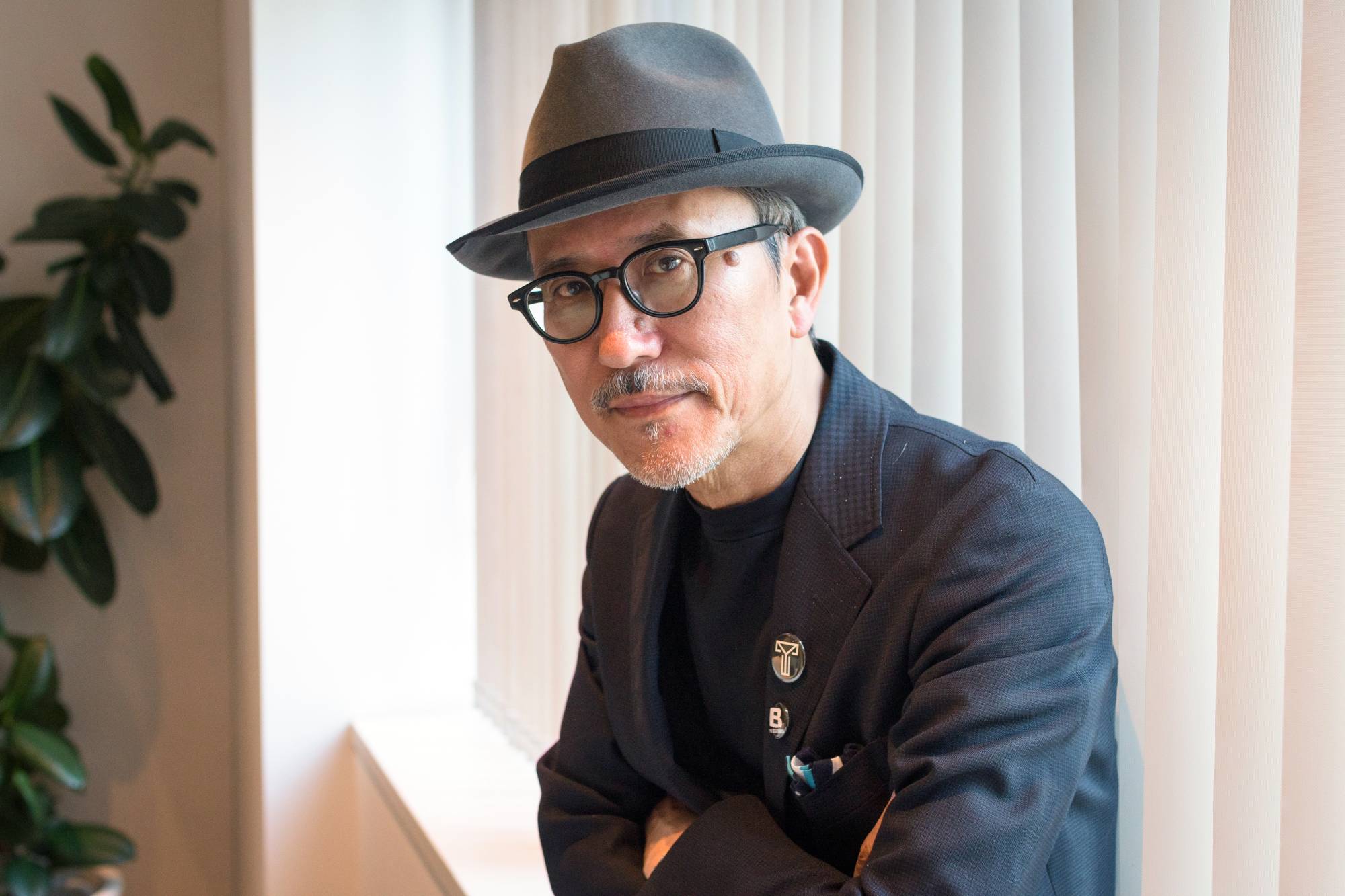You only have to watch a clip from Yellow Magic Orchestra’s 1979 or 1980 world tours to appreciate that Yukihiro Takahashi, who died Jan. 11 at age 70, was a hell of a drummer.
The members of Japan’s pioneering electronic band defined themselves by surrendering their musicianship to machines, crafting a new idiom for pop music through their innovative use of synthesizers, sequencers, samplers and digital recording technology. However, those machines generally weren’t designed for live performance and had a habit of malfunctioning. In concerts, YMO often had to fall back on old-fashioned instrumental technique, which was something that Takahashi and his bandmates had in abundance.
The group’s mastermind, Haruomi Hosono, was a veteran of influential folk-rock band Happy End and an established solo artist, while Ryuichi Sakamoto was a classically educated graduate of the prestigious Tokyo University of the Arts. Meanwhile, Takahashi had already tasted international acclaim with glam rockers Sadistic Mika Band, who toured the U.K. with Roxy Music in 1975, only to split up at the end of that year.


















With your current subscription plan you can comment on stories. However, before writing your first comment, please create a display name in the Profile section of your subscriber account page.